Edison LED Lighting
Projects
What are the Benefits of Using Led Smart Lights in Your Home
In recent years, the adoption of LED smart lights has surged, driven by their energy efficiency and advanced functionality. According to a report by the U.S. Department of Energy, LED lighting consumes at least 75% less energy than incandescent lighting while also lasting 25 times longer, making them a cost-effective choice for homeowners. Moreover, the integration of smart technology allows users to control their lighting remotely through mobile apps or voice commands, enhancing convenience and personalization. A study by Statista projected that the smart lighting market will reach approximately $22 billion by 2025, highlighting the growing consumer interest in innovative lighting solutions. With their ability to reduce energy costs and provide customizable lighting options, LED smart lights are increasingly becoming a crucial element in modern home design and efficiency.
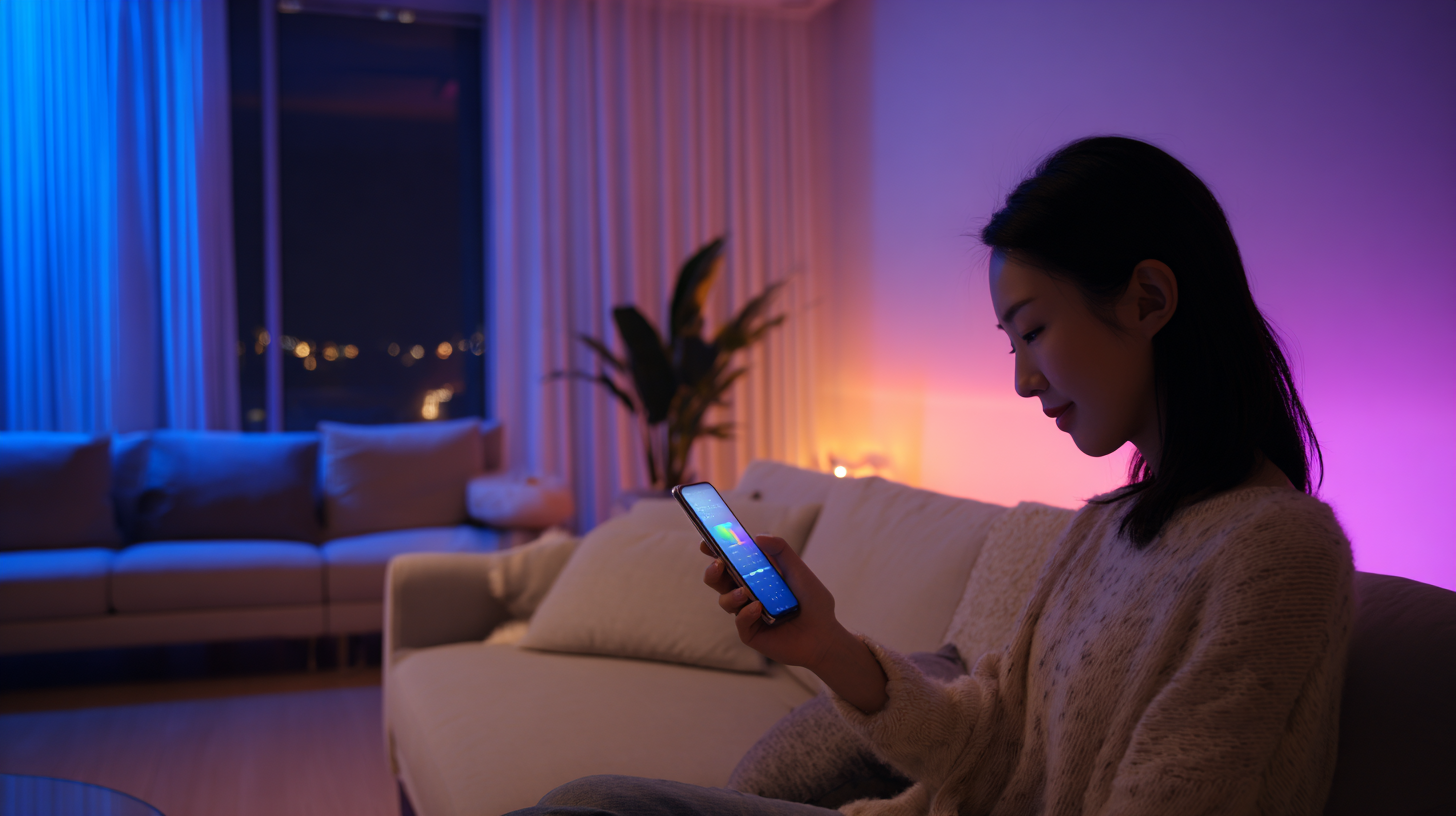
Advantages of Energy Efficiency: How LED Smart Lights Reduce Your Energy Bills
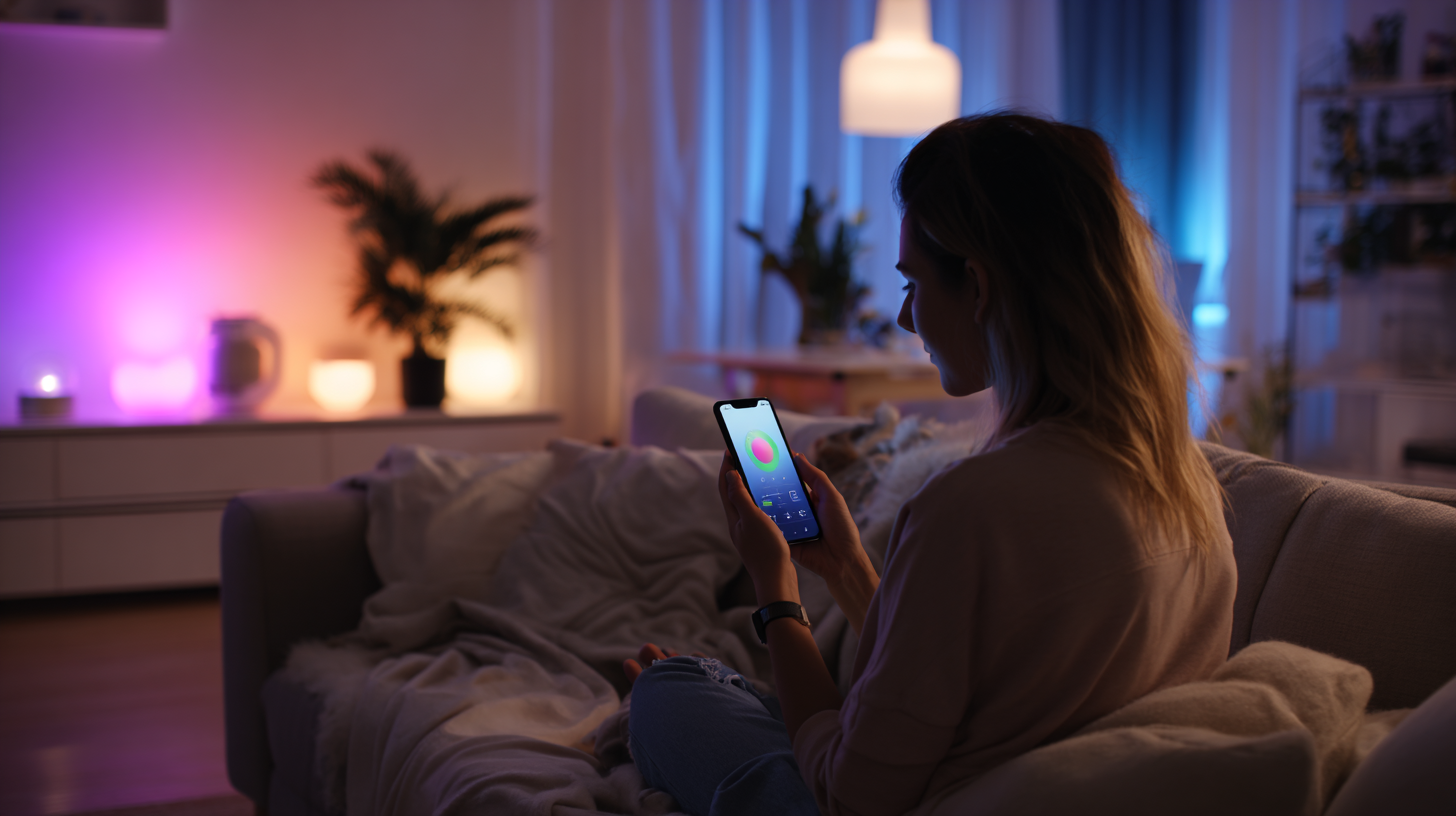 LED smart lights are revolutionizing home lighting, primarily due to their energy efficiency. One of the key advantages of these lights is their significantly lower energy consumption compared to traditional incandescent bulbs. By using approximately 75% less energy, LED lights not only last longer but also contribute to substantial savings on electricity bills. This reduction in power usage not only benefits homeowners financially but also plays a crucial role in reducing overall energy demand, making it an environmentally friendly choice.
LED smart lights are revolutionizing home lighting, primarily due to their energy efficiency. One of the key advantages of these lights is their significantly lower energy consumption compared to traditional incandescent bulbs. By using approximately 75% less energy, LED lights not only last longer but also contribute to substantial savings on electricity bills. This reduction in power usage not only benefits homeowners financially but also plays a crucial role in reducing overall energy demand, making it an environmentally friendly choice.
Moreover, LED smart lights can be easily integrated into smart home systems, allowing for advanced control options that can further enhance energy savings. Homeowners can adjust brightness levels, set timers, and even control lights remotely via smartphone apps. This level of personalized control helps in minimizing energy waste, as lights can be programmed to turn off when not needed. As a result, adopting LED smart lighting is not just a smart investment for immediate savings but also a long-term strategy for sustainable living.
Enhanced Control: Exploring Smart Lighting Features for Convenient Home Management
LED smart lights have revolutionized home lighting by offering enhanced control that significantly improves the convenience of home management. One of the standout features of smart lighting is the ability to control lights remotely through smartphone applications. This means homeowners can adjust brightness, switch lights on or off, and even change colors from virtually anywhere, whether they are simply relaxing at home or away on vacation. This level of control not only adds convenience but also promotes energy efficiency by allowing users to ensure that lights are only on when needed.
Furthermore, smart lighting systems often come equipped with advanced features such as scheduling and automation. Users can program their lights to turn on or off at specific times, creating a more dynamic living environment while also enhancing security by simulating presence when the house is empty. Some smart lighting solutions even integrate with voice assistants, allowing users to control their lighting through simple voice commands. This seamless blend of technology and usability transforms the way we interact with our home environment, making everyday tasks easier and enhancing overall comfort.
What are the Benefits of Using Led Smart Lights in Your Home - Enhanced Control: Exploring Smart Lighting Features for Convenient Home Management
| Feature | Description | Benefits |
|---|---|---|
| Remote Control | Control lights from anywhere using smartphone apps. | Convenience and energy saving when away from home. |
| Scheduling | Set specific times for lights to turn on/off. | Increases security and saves energy automatically. |
| Voice Control | Control lights using voice commands through smart assistants. | Hands-free operation, enhancing accessibility. |
| Customizable Scenes | Create and save different lighting scenes for various activities. | Sets the mood for specific occasions easily. |
| Energy Monitoring | Track energy usage of lights in real-time. | Helps in reducing energy costs and promoting efficiency. |
Longevity and Durability: The Extended Lifespan of LED Smart Lights Compared to Traditional Bulbs
LED smart lights are revolutionizing home lighting, particularly due to their longevity and durability when compared to traditional incandescent bulbs. These modern lighting solutions can last up to 25,000 hours or more, significantly outpacing the average lifespan of incandescent bulbs, which typically last around 1,000 hours. This extended lifespan not only reduces the hassle of frequent replacements but also leads to substantial savings over time. Homeowners can enjoy peace of mind knowing that their LED smart lights will continue to perform for years without the need for constant maintenance.
Moreover, the durability of LED smart lights makes them suitable for various environments, whether indoors or outdoors. They are designed to withstand harsh conditions, making them an excellent choice for outdoor settings where traditional bulbs might fail. For instance, advancements in LED technology have also enhanced their performance in safety-oriented applications, such as in industrial mining, highlighting their resilience and energy efficiency. As consumers increasingly prioritize sustainability and efficiency in their choices, the durability and longevity of LED smart lights present a compelling argument for their adoption in modern homes.
Healthier Home Environment: Benefits of Smart Lighting on Mood and Sleep Quality
Smart lighting technology, particularly LED smart lights, has transformed modern households by offering substantial benefits to both ambiance and wellbeing. Research indicates that the light quality in our environment directly influences our mood and sleep patterns. For instance, a study conducted by the American Psychological Association found that exposure to warmer color temperatures in the evening can significantly improve sleep quality, enhancing overall health. With smart LED lights, users can adjust the brightness and color temperature according to their needs, encouraging relaxation during nighttime while promoting alertness throughout the day.
To optimize your lighting for better mood and sleep, consider the following tips: First, utilize smart bulbs that can be programmed to dim gradually as bedtime approaches, mimicking natural sunset patterns, which can cue your body to produce melatonin, the sleep hormone. Secondly, experiment with different color temperatures, aiming for warmer hues (around 2700K) in the evening and cooler tones (about 5000K) during the day to maintain energy levels and concentration, as suggested by a report from the Lighting Research Center. Lastly, usage of light features that automate changes throughout the day can help regulate your circadian rhythm, greatly enhancing sleep quality and mood stability.
Environmental Impact: Reducing Carbon Footprint with LED Smart Lighting Solutions
As homeowners seek eco-friendly solutions, LED smart lights have emerged as a leading choice that significantly reduces carbon footprints. These energy-efficient lighting options consume up to 80% less energy than traditional incandescent bulbs, leading to lower electricity bills and a considerable decrease in greenhouse gas emissions. By making the switch to LED smart lighting, individuals contribute to a healthier planet while enjoying enhanced control over their home lighting.
Tips for maximizing the environmental benefits of LED smart lights include using timers and motion sensors to ensure lights are only on when needed. Consider setting up schedules that align with your daily routines, allowing lights to automatically dim or turn off when you're not home. Additionally, explore smart lighting systems that can connect with renewable energy sources, such as solar panels, to further minimize your carbon impact.
Another beneficial practice is to choose smart lights that have longer lifespans. Many LED bulbs can last for up to 25,000 hours compared to the average 1,000 hours of incandescent bulbs. This longevity not only reduces the frequency of replacements, thus decreasing waste, but also means fewer resources are consumed in manufacturing and shipping new bulbs. Embracing such strategies amplifies the positive environmental impact of switching to LED smart lighting in your home.
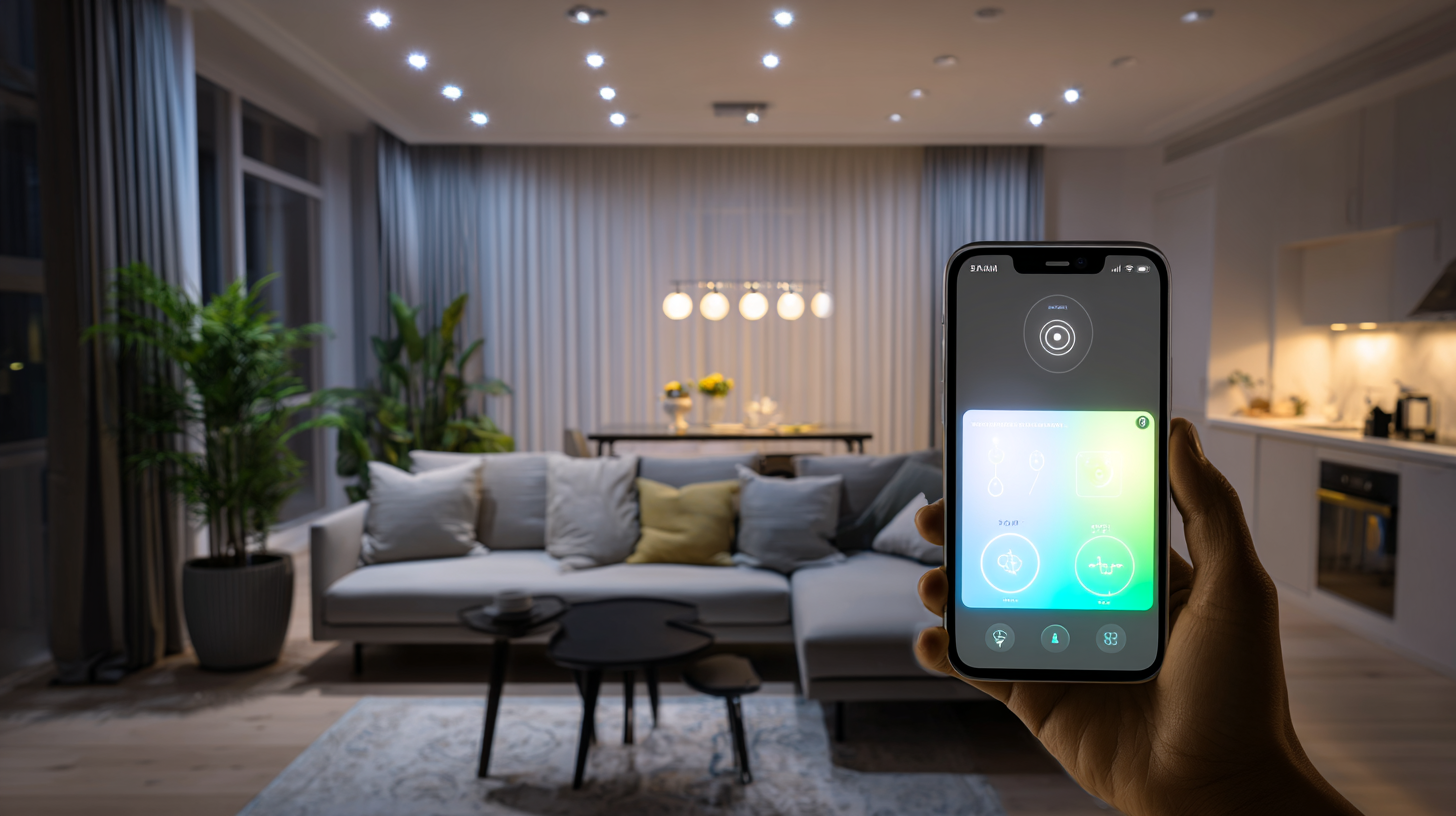
Related Posts
-
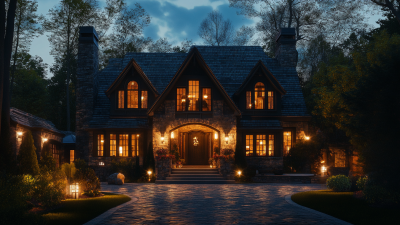
Mastering the Art of Home Lighting to Enhance Your Living Space
-
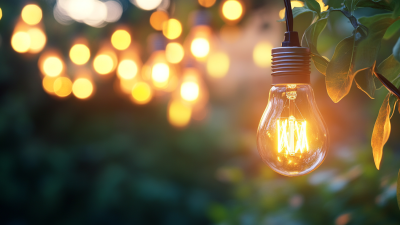
Explore Innovative Home Lighting Solutions for a Brighter Sustainable Future
-
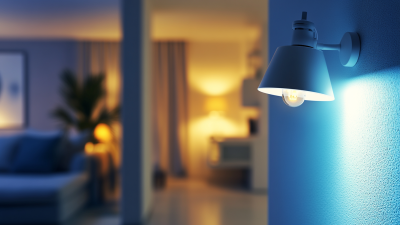
Unlocking the Future of Smart Lighting with Cutting Edge Technical Specifications
-
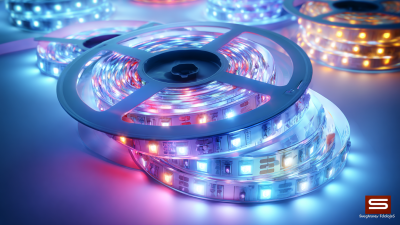
Ultimate Guide to Sourcing High-Quality LED Strip Lighting Suppliers: Essential Checklist and Industry Insights
-
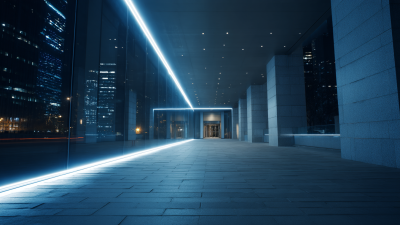
7 Compelling Reasons Why Best LED Lighting Is the Ultimate Choice for Global Buyers
-
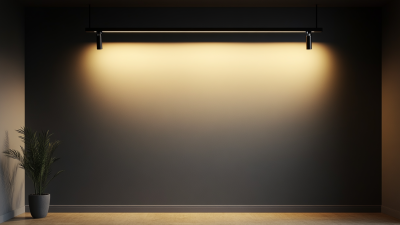
Discover the Essential Specification and Installation Guide for Track Lights
